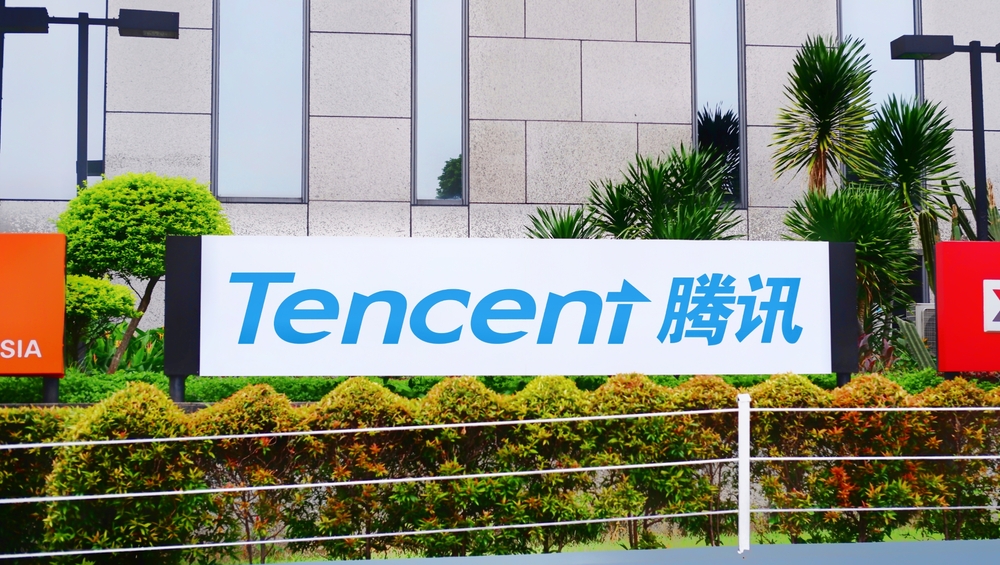Who makes sure it’s all up to spec?
There are 11 stock market sectors, according to the Global Industry Classification Standard, or GICS, which is an industry taxonomy developed in 1999 by MSCI and Standard & Poor's.
The 11 stock market sectors are then sub-divided into 24 industry groups, 69 industries and 158 sub-industries into which all major public companies fit.
Annual reviews are conducted by S&P Dow Jones Indices and MSCI to ensure that the structure remains fully representative of today's global markets.
Take your pick or mix-and-match
Technology is an all-important sector that includes multiple sub-sectors and industries, from semi-conductor producers to software and hardware providers, as well as internet stocks and cloud computing, as well as the now-trending field of artificial intelligence (AI). The sector includes companies with some of the largest market capitalizations in the world, such as Apple (AAPL), Microsoft (MSFT), and Amazon (AMZN).
Communication services sector is vital to the global economy. It holds the power of information exchanged at the right time. includes telecommunication service providers, such as: wireless telecom networks, media and entertainment companies, interactive media and internet companies. Examples of large communication services companies include Alphabet (GOOG) and AT&T (T).
Financials sector is perhaps the most important sector of them all, as it bankrolls the operations and development of all the other sectors. It encompasses a wide range of financial companies, including investment banks, commercial banks, insurance companies, financial service providers, asset management companies, and financial brokers. The financial sector is home to some of the largest financial companies in the world like Visa (V), JPMorgan Chase (JPM), and Bank of America (BAC).
Energy sector groups businesses involved in the exploration, production, refining, and sale of energy resources, including oil and natural gas, as well as companies that service these industries. Investors can own shares in some of the largest energy companies in the world, such as Exxon Mobil (XOM) and Chevron (CVX).
Solid stocks still await you …
This grouping of sectors is not by chance – it is considered to represent the fundamental pillars of the economy, including the indispensable industrial, housing, materials, and utilities sectors.
Utilities sector includes companies that provide customers with the essential utility services, such as water, electric, and gas. The utilities sector is also generally seen as a defensive sector and includes some of the largest utilities companies, like NextEra Energy (NEE), Duke (DUK), and The Southern Company (SO).
Real estate sector includes companies that develop or manage real estate property. This sector also includes real estate investment trusts (REITS), which are companies that purchase multiple income-producing assets, such as office buildings and hotels.
Some of the largest real estate companies include American Tower Corp. (AMT) and Simon Property Group (SPG). The sector is very important for the health of the economy, as the subprime mortgage crisis in the US contributed to the 2007-2008 global financial crisis. The crisis led to a severe economic recession, with millions of people losing their jobs and many businesses going bankrupt.
Industrials sector may include businesses that are involved in a wide range of industries, including: industrial machinery construction and engineering, aerospace and defense, electrical equipment. Some of the largest industrial companies in the world include Boeing (BA), Honeywell (HON), and Union Pacific (UNP).
Materials sector includes businesses involved in the manufacture for various other types of businesses. That makes this sector indispensable for the global economy as you cannot make things from nothing. The sector is packed with companies involved in the production of vast array of construction materials, chemicals, paper, glass, metals, as well as companies involved in their extraction. Some of the largest materials companies in the world include DuPont (DD) and The Sherwin-Williams Company (SHW).
Consider consumer-driven stocks…
It is not a stretch to say that all the advanced democratically-governed economies are consumer-driven. This is why companies doing business in the realm of consumer goods can be an attractive choice for investors.
Consumer staples sector includes companies involved in food, beverage, and tobacco, as well as producers of household goods and personal products. Since these are goods and services that consumers need, regardless of their current financial condition, consumer staples sector is considered to be a defensive sector (i.e. made up of recession-proof industries). The largest consumer staples companies include Walmart (WMT), Procter & Gamble (PG), and The Coca-Cola Company (KO).
Consumer services sector comprises types of services that organizations sell to individuals and households. The primary aim of consumer services is to meet the needs and expectations of a consumer. There are a variety of industries that offer consumer services, including retail, health care, education and finance.
Consumer discretionary sector also known as consumer cyclicals, includes companies involved in retail, e-commerce, hospitality, luxury goods, leisure and travel industries. Demand for consumer discretionary goods is typically much more elastic in comparison to consumer staples goods. This elastic demand means that it can plummet very quickly in response to decreases in consumers' incomes or increases in prices of consumer discretionary goods. The largest consumer discretionary stocks include Amazon (AMZN), Tesla (TSLA), and Home Depot (HD).
Peter Svoreň, APME FX
----------
Sources:
https://seekingalpha.com/article/4475586-stock-market-sectors
https://www.spglobal.com/spdji/en/landing/topic/gics/
https://www.cnbc.com/sector-etfs/
https://www.investopedia.com/articles/economics/09/subprime-market-2008.asp




